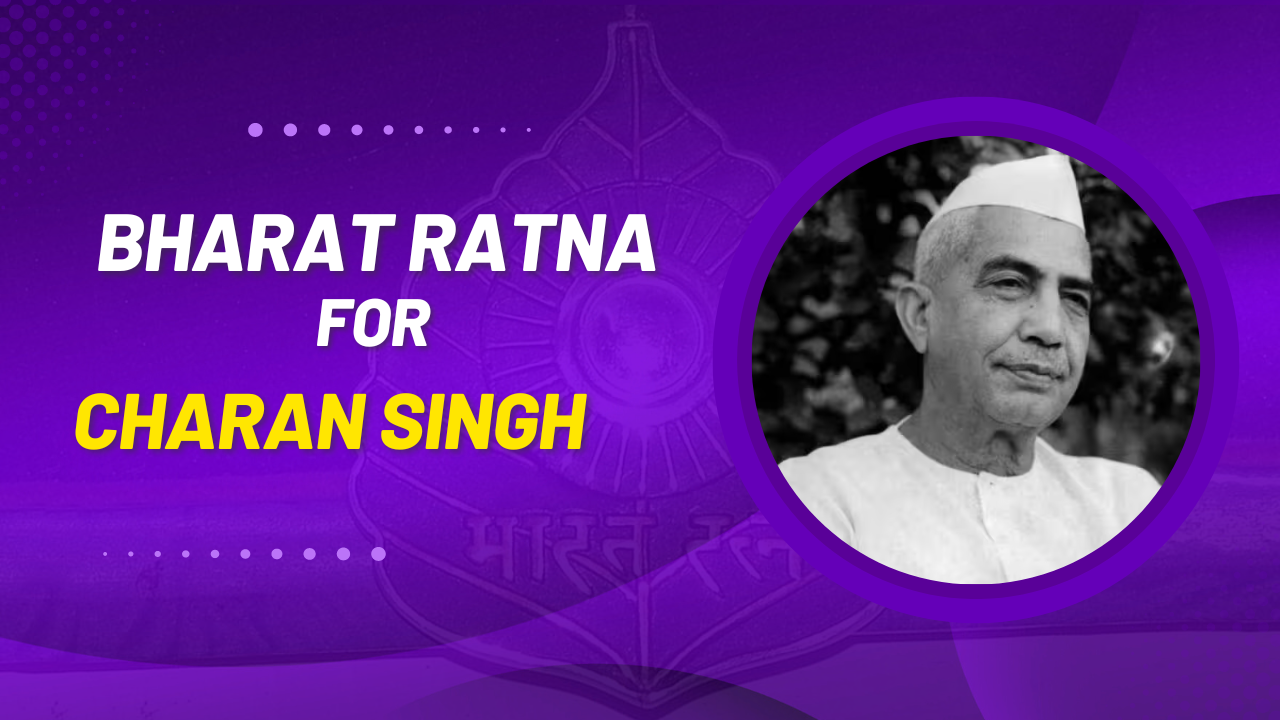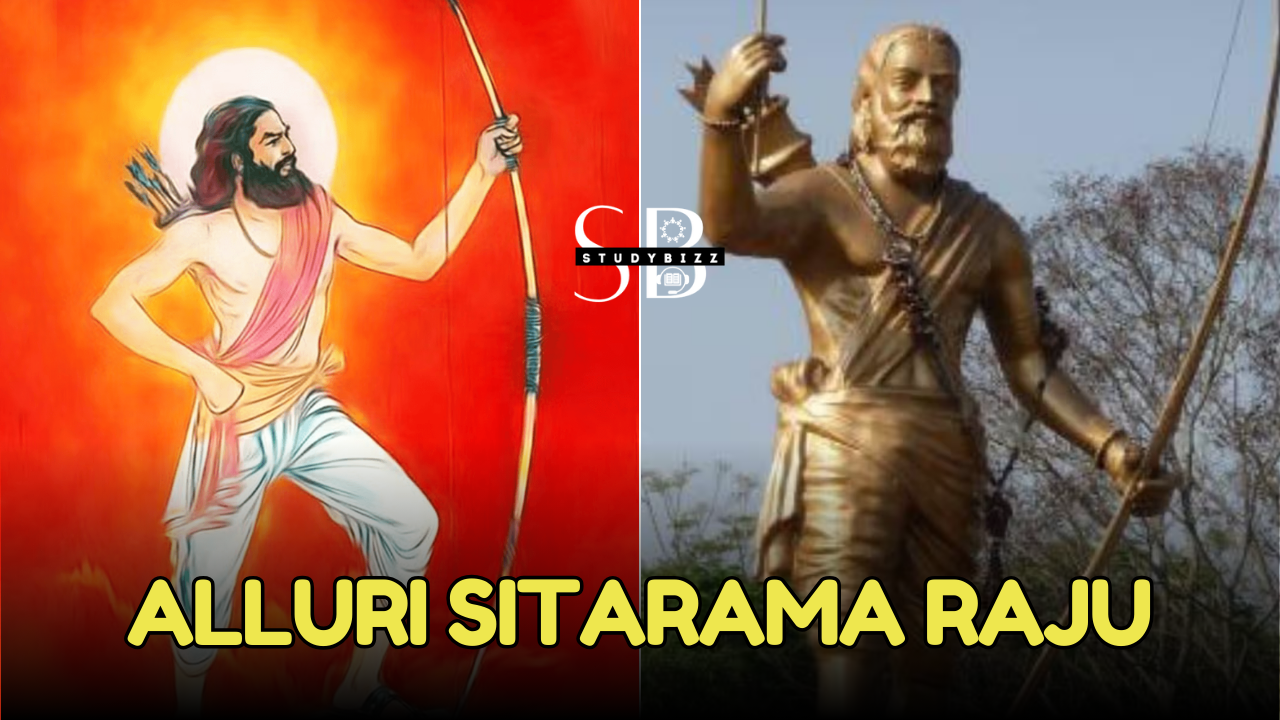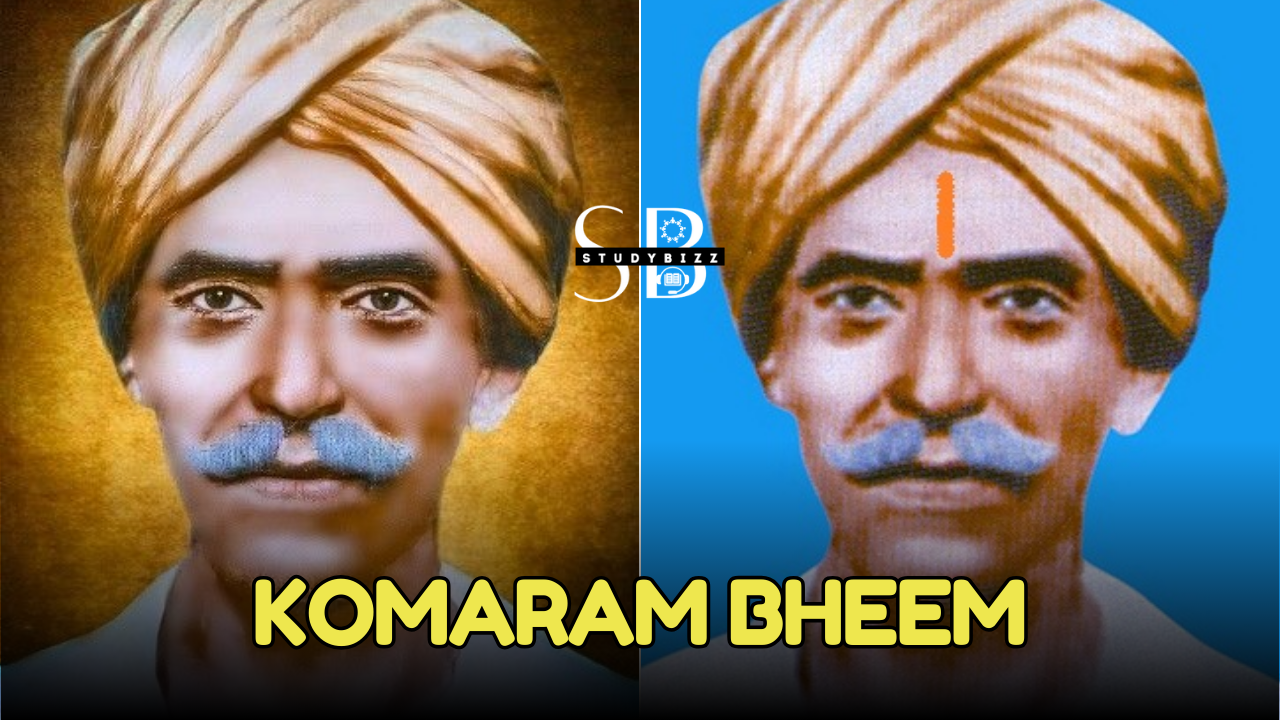Former Prime Minister Chaudhary Charan Singh (1902-87) has been conferred the Bharat Ratna, India’s highest civilian award.
“This honour is dedicated to his incomparable contribution to the country… His dedication to our farmer brothers and sisters and his commitment to democracy during the Emergency is inspiring to the entire nation (translated),” Prime Minister Narendra Modi posted on X on Friday (February 9).
Here is all you need to know about Charan Singh — and why the Bharat Ratna for him is significant.
He was among the tallest leaders of the Congress in UP
Born on December 23, 1903, in a peasant family in Noorpur village near Hapur, Charan Singh entered politics during the national movement. He was elected to the then United Provinces Assembly from Chhaprauli in 1937 on a Congress ticket.
As a people’s representative, he took up issues concerning the village economy, building up a political position against the exploitation of peasants by big landlords.
Post-Independence, he was one of the Congress’s most important leaders in UP, becoming MLA from Baghpat West (1952) and Kotana (1957, 1962). As the revenue minister in the cabinet of UP’s first Chief Minister Govind Ballabh Pant, he was instrumental in the implementation of historic legislation for zamindari abolition and land ceiling.
Over time, Charan Singh emerged as one of the most popular leaders of North Indian farmer communities such as Jats, Yadavs, Gujjars, and Kurmis, as well as Muslims.
Charan Singh was also a minister in the government led by UP’s second CM Dr Sampurnanand, and the third CM Chandra Bhanu Gupta, under whom he served as Home Minister.
Charan Singh became UP’s first non-Congress CM
In the 1967 Assembly elections, Congress failed to win a majority in the House. With backing from Lohia, Raj Narain, and the Bharatiya Jana Sangh (BJS)’s Nanaji Deshmukh, Chaudhary Charan Singh stepped up to engineer a defection of 16 MLAs in the party. He went on to form UP’s first non-Congress coalition government.
He was sworn in as CM on April 3, 1967, heading the coalition Samyukt Vidhayak Dal (SVD) government comprising his newly-floated Bharatiya Kranti Dal (BKD), and various Opposition parties ranging from the BJS to the Left parties. The BJS’s Ram Prakash Gupta was his Deputy CM, along with Gurjar leader Ram Chandra Vikal.
Charan Singh’s first tenure as the CM, however, lasted only until February 25, 1968, with his coalition effectively falling apart. SVD ally SSP began an “Angrezi Hatao” campaign, as part of which two cabinet ministers courted arrest and resigned. Some other parties too withdrew from the ruling coalition, leading to Charan Singh’s eventual resignation.
After a year of President’s rule, UP saw fresh Assembly polls in 1969, and Chandra Bhanu Gupta returned as CM. Within a year, however, the Congress split between the Congress (O) and the Congress (R), and the government fell.
This paved the way for Charan Singh’s return as CM — this time with the help of Indira Gandhi’s Congress (R). He took oath on February 18, 1970, but again faced difficulty in keeping his coalition alive. He would quit on October 1, 1970, following which UP saw the imposition of President’s Rule once again.
His entry into national politics
While still active in UP politics, Charan Singh contested the 1971 Lok Sabha polls on the BKD ticket from Muzaffarnagar, and lost to the CPI’s Vijaypal Singh. He would finally make inroads in national politics after the Emergency, winning the 1977 Lok Sabha elections from Baghpat on the Janata Party ticket. He became the Deputy PM in the new government led by Morarji Desai.
Charan Singh remained in the post until January 14, 1980, when Indira Gandhi returned as the PM following fresh general elections.
He remains one of only two Chief Ministers of UP, alongside V P Singh, who became PM.
Charan Singh won from Baghpat on the Janata Party (S) ticket in the 1980 Lok Sabha elections, and then again in 1984 as the candidate of his new outfit Bhartiya Lok Dal (BLD). He passed away on May 29, 1987.
A champion of the peasants
Chaudhary Charan Singh is often hailed as one of India’s tallest Jat leaders. Today, the politically powerful Jats have the potential to influence results in nearly 40 Lok Sabha seats and around 160 Assembly seats, spread across UP, Haryana, Rajasthan and Delhi. He remains UP’s only Jat CM ever.
However, his influence transcended just the Jat community. Widely acknowledged as a champion of peasants, Charan Singh has been credited with creating a new political class encompassing the farming communities in North India, with his influence felt even today.
BJP stalwart L K Advani said: “Since 1967, as the CM, home minister, or as a top leader of the country, Chaudhary (Charan Singh) Saheb initiated a debate, which nobody did…”
Under Charan Singh’s influence, farmer communities moved away from both Congress and Jan Sangh, the precursor of the BJP, to vote for parties that specifically represented them.
His son Ajit Singh formed the Rashtriya Lok Dal (RLD), and served as a Union minister in different governments. Today the party is led by Charan Singh’s grandson, Jayant Chaudhary.





Leave a Reply